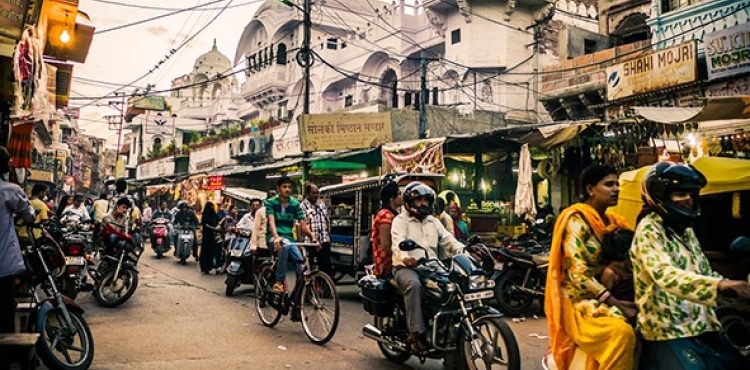
Injury surveillance data paramount for injury prevention in India
One of the major gaps in planning and implementing Injury related prevention strategies is the lack of realistic data on the exact nature and spectrum of injuries reported in our hospitals.
On the occasion of the United Nations Road Safety Week, The George Institute for Global Health India calls for a multi-sectoral approach that uses the existing health and police data and links it with the insurance data, including PM-JAY to get the correct representation of the nature and magnitude of injuries for preventing them in India.
“All existing data sources have their limitations as to “who” the system captures. For example, police data only reports registered medico-legal or direct case reports which are not representative of all injuries in the populations. Similarly, health data is also limited in its representativeness of injuries in the community. There is a need to address these gaps through a multi-sectoral approach and with an appropriate web-based data collection tool, which will, of course, contribute significantly to a comprehensive injury surveillance system in India,” says Dr Jagnoor Jagnoor, Senior Research Fellow, The George Institute for Global Health.
India has one of the highest road traffic mortality rates at 17.6/100 000 population. It also has a decentralised governance system, making the implementation of the approach of ‘health in all policies’ challenging. However, using MISA to develop issue-centred and focused strategies has been successful (e.g. in HIV, tobacco control).
As the estimated cost for road injuries is 3% of the gross domestic product (GDP) and the total health budget of India is 1.2% of GDP, there are resource constraints to reducing the burden of road injuries in India. There is high out of pocket expense, with road injuries contributing to over 30% of catastrophic health expenditure. This will clearly have a significant contribution to the cost of Universal Health Coverage, and this makes a strong case for prevention of road injuries.
Dr Jagnoor emphasizes that “Health foots the bill for road injuries, prevention of road injuries largely depends on sectors other than health. Prevention needs, Safe System Approach where the action of sectors other than health is pivotal. These sectors include urban design- planning and development, the automobile manufacturing industry, and legal – home affairs. In addition, recent incidents on public and shared transport have raised issues around violence against women and equity in access to safe transport; this needs urgent attention too."
The George Institute for Global Health’s recommendations based on a review of the existing injury surveillance systems in India include strengthening lay reporting of the cause of death (Form 4B), with Integrated Disease Surveillance project to include key injury causes, standardization of reporting to Central Bureau of Health Intelligence and including injuries in special population-level surveys. The research findings also recommend facilitation of data linkages between data collections with information on injury risk factors such as police data, transport research wing data and those with information on injury outcomes.
There is also a need to build systems that enable future data linkages for example with Aadhar card and National Identification Number for health facilities. Effective partnerships with a larger range of relevant stakeholders, including the academic community, should be established to increase the relevance and usefulness of the data.
The George Institute is also an institutional member of various global and regional bodies including the United Nations Road Safety Collaboration, The Road Traffic Injuries Research Network (RTIRN), and WHO Global Alliance for Care of the Injured.



